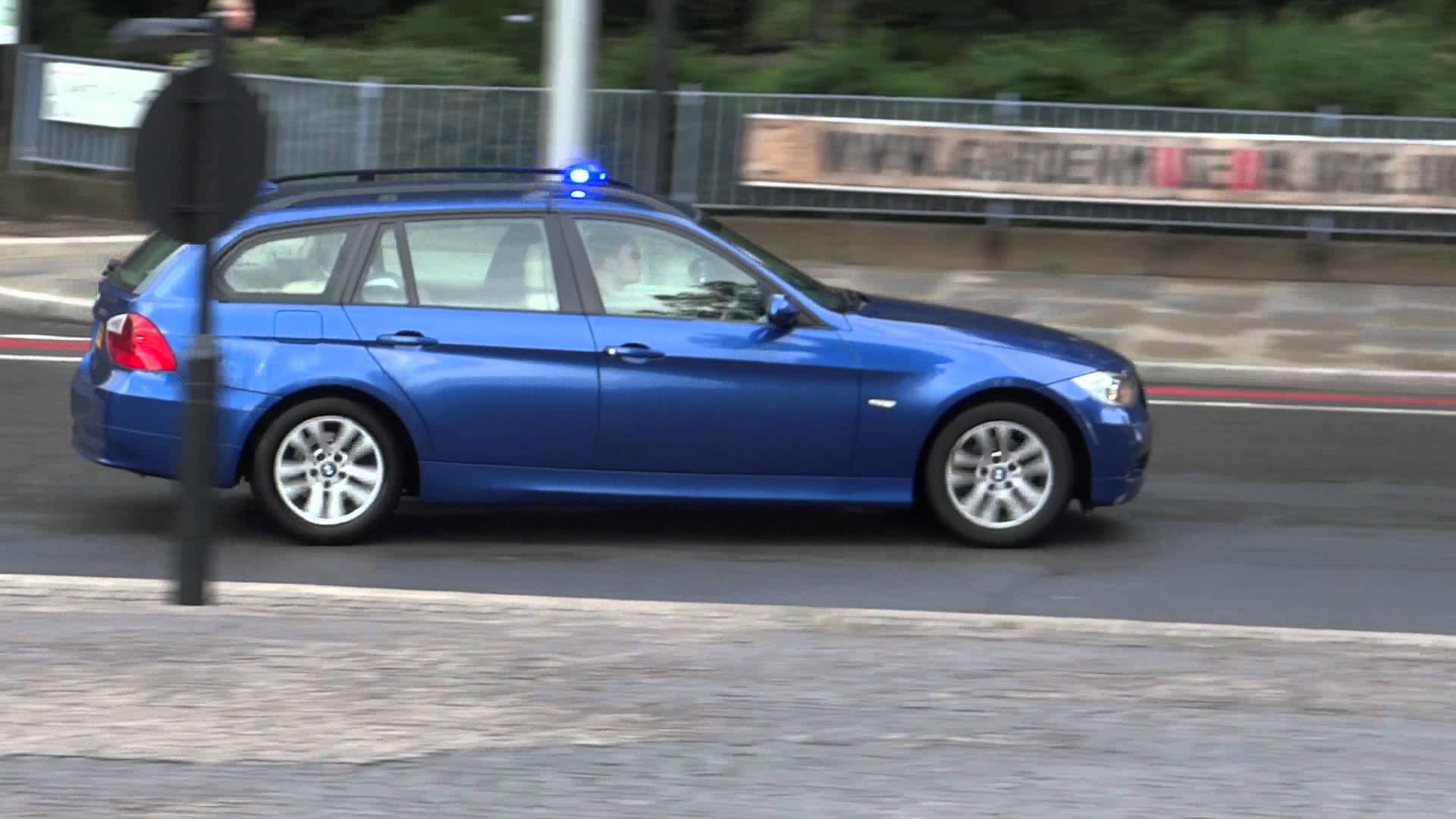
Top officers have blue light racks on the roofs of their private cars so they can race to emergencies.
However, they now want the flashing lights fitted discreetly in their vehicles to avoid them being pinched by fanatics.
There are fears terrorists could use the lights to pose as front-line workers, carry out Lee Rigby-type attacks or access “sensitive locations” such as military bases or government sites.
To tackle the threat, officers are now set to be given permission to hide them behind their engine grilles and on the windscreen.
The move comes a week after a huge terror dress rehearsal took place at Glasgow’s Braehead shopping centre.
Professor Anthony Glees, who heads the University of Buckingham’s Centre for Security and Intelligence Studies, applauded the move.
He said: “A blue strobe light on top of a normal car would be accepted by most people as an emergency vehicle and they would yield to it which would make it dangerous.
“It’s possible someone could steal a vehicle but it’s more likely that lights outside the vehicle could be stolen and present a security risk. This is a real concern.”
There are fears terrorists could pack the vehicles with explosives before sneaking them into sensitive areas.
Professor Glees said terror cells around the world have impersonated frontline staff to carry out atrocities, meaning the same tactic could be used in Britain.
He said the changes being made to vehicles by the Scottish Fire and Rescue Service “made sense” in the current climate. He said: “I’m glad to see this lateral thinking.”
A Scottish Fire and Rescue Service insider said: “Hiding the lights is an easy, common- sense step to help safeguard senior officers’ safety.
“Who’s to say what could happen if someone were able to gain access to a blue-lit fire chief’s car with evil intent in mind?”
The fire source also said officers are worried the visible lights make them a target.
They said: “Driving around in these cars singles us out as targets for people with nefarious intentions.
“Prior to the killing of Lee Rigby, there was a low level of awareness of isolated, one-on-one terror attacks. No officer should run the risk of being identified for the sake of a cosmetic change to the
vehicle fleet.”
It isn’t the first time the danger of terrorists using emergency vehicles has been raised.
Will Geddes, from security firm International Corporate Protection, has warned the sale of old police cars could lead to the vehicles being used in abductions or terror plots.
Such was his concern, that he advised authorities to remove sirens and blue lights from them before they were sold on.
Items that have come up for sale have included police cars with flashing lights on their roofs, headlights and rear lights as well as sirens. Old ambulances still fitted with lights and medical equipment have also been sold.
A spokesperson for the Scottish Fire and Rescue Service said internal blue lights are only being fitted to new vehicles and not retrospectively.
They said: “If these were to be stolen there may be the potential for someone to secure a blue light on to their own vehicle to gain access to sensitive locations, possibly with sinister intentions.”

Enjoy the convenience of having The Sunday Post delivered as a digital ePaper straight to your smartphone, tablet or computer.
Subscribe for only £5.49 a month and enjoy all the benefits of the printed paper as a digital replica.
Subscribe